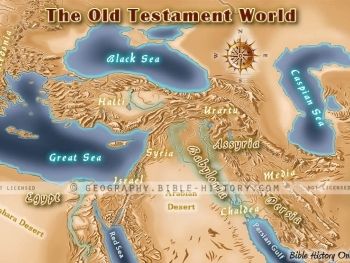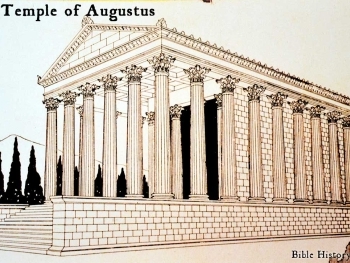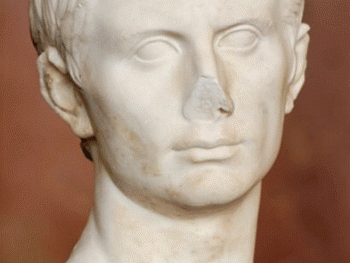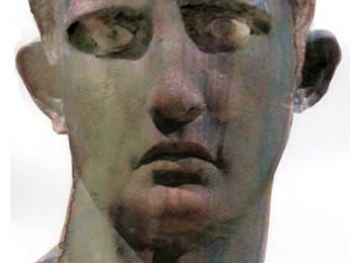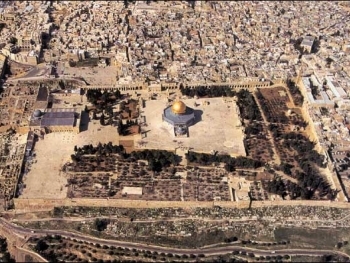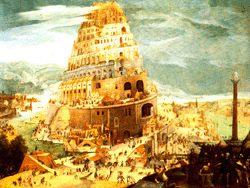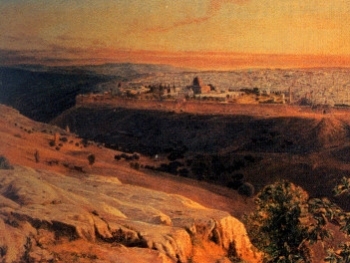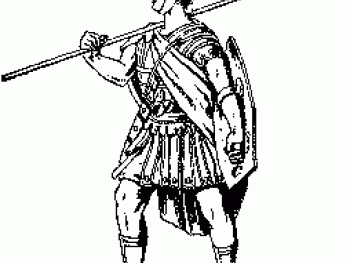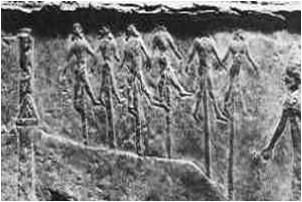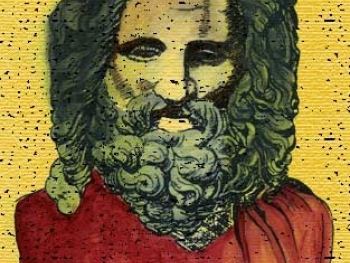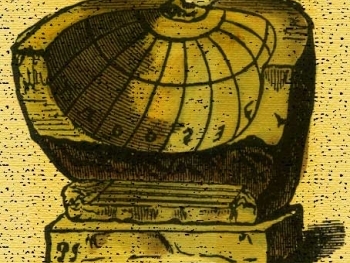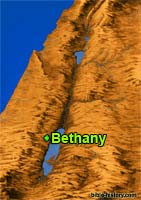
Bethany was a small village a couple miles east of Jerusalem. It is located on the eastern side of the Mount of Olives on the road to Jericho. It was a lush green area with plenty of Olive trees. Many travelers would come to rest at Bethany if the city was overcrowded. Bethany was the home of Mary, Martha, friends of Jesus, and Lazarus, whom he raised from the dead. Jesus ate dinner with Simon the Leper in Bethany, and he was anointed by Mary at Bethany. Somewhere near Bethany Jesus ascended into heaven.
John 12:1 – Then Jesus six days before the passover came to Bethany, where Lazarus was which had been dead, whom he raised from the dead.
Source:
